
Endangered Species On the Brink of Extinction

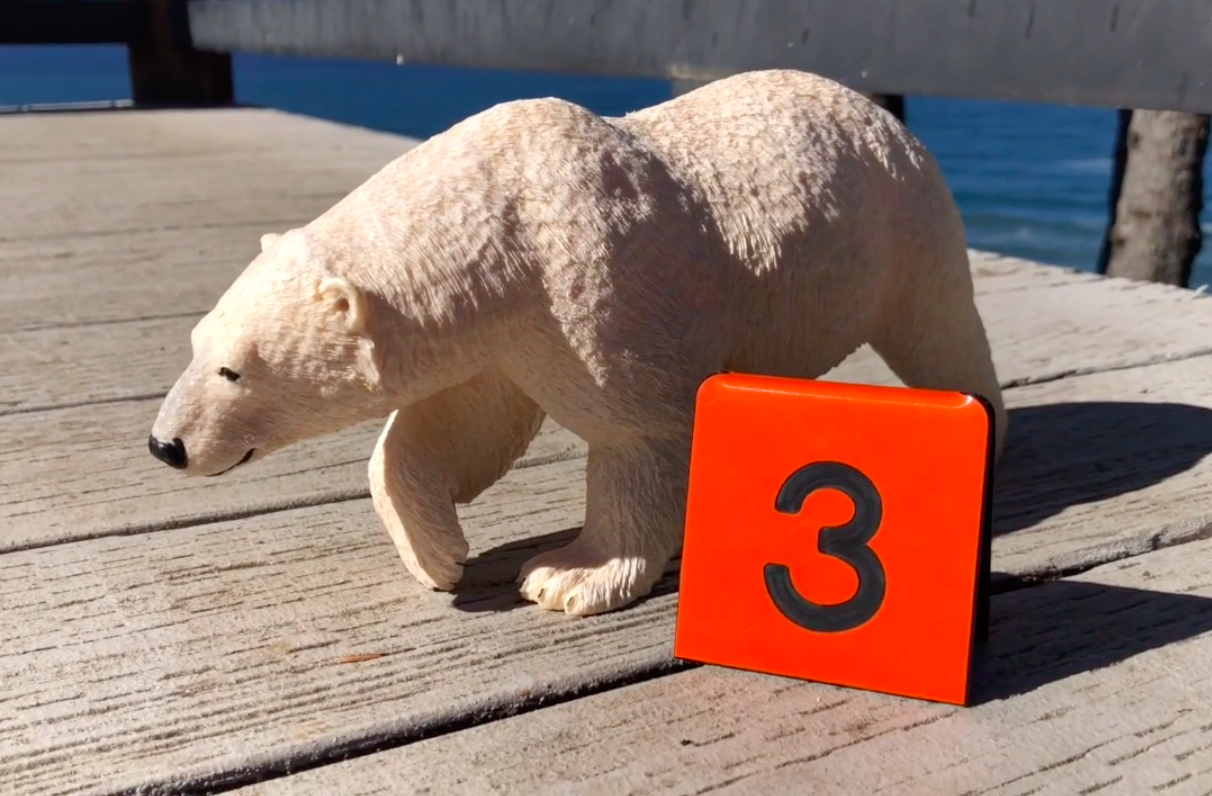
Endangered Species Objectives
-
Share multiple examples of endangered species, including why the species face extinction and attempts being made to study and/or preserve the species.
-
Provide characteristics of birds commonly called “raptors” and explain why these species are often at risk for extinction.
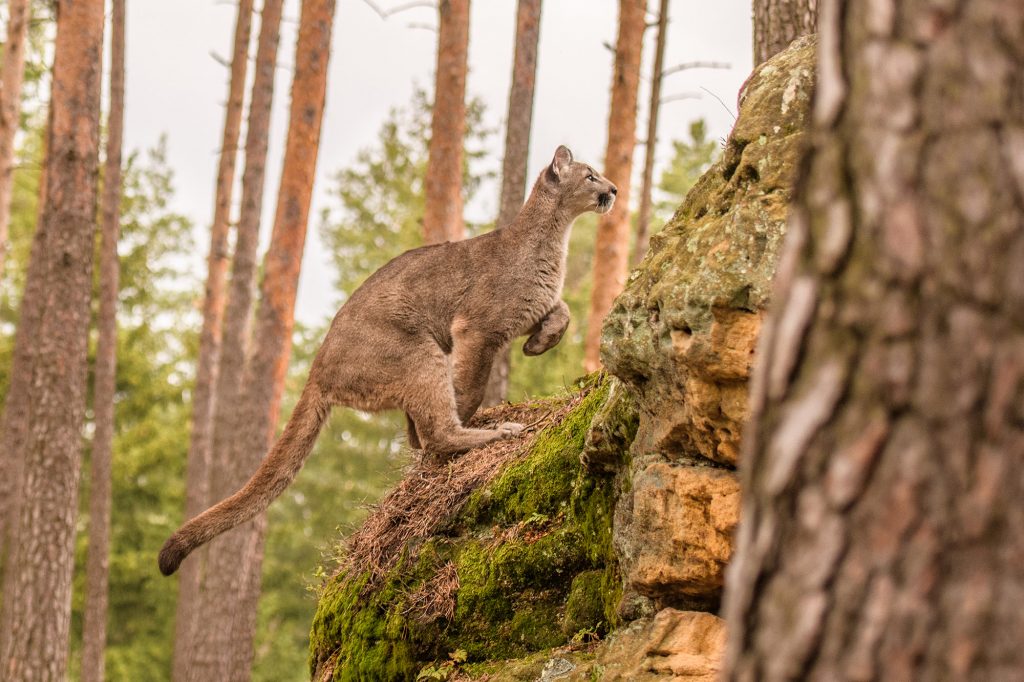
The Florida Panther (Puma concolor couguar) is a distinct population of North American cougars that numbers less than 250 individuals. Inbreeding and loss of genetic diversity in remaining panthers is believed to be depressing fitness. A variety of factors has led to the panther’s decline, including habitat loss and car collisions.
This video introduces the factors that typically put species in danger of extinction.
There are a variety of strategies for managing species in decline. This video outlines possible solutions.
Managing endangered species is typically a community endeavor. Landowners, wildlife managers, conservation groups, and local governments attempt to balance priorities. In the Willamette Valley, the endangered Fender’s Blue Butterfly (Aricia icarioides fenderi) touches many people’s lives.
Raptors
Raptors include some of the most recognized endangered species. Their large territories and need for a regular supply of large prey put them at risk.
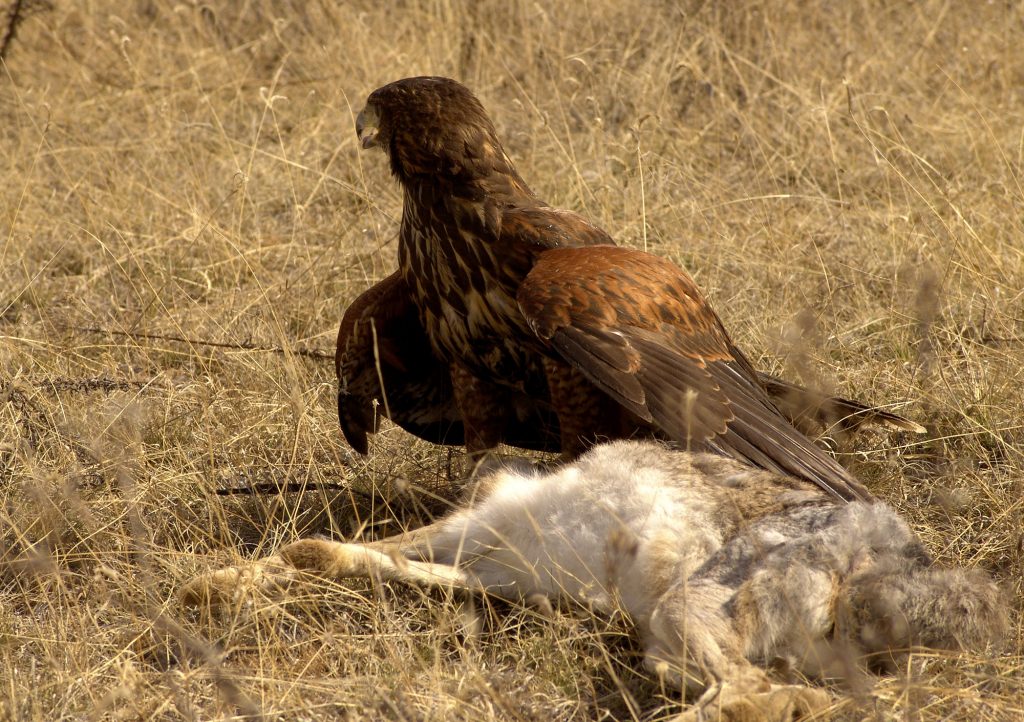
Many birds are technically “birds of prey:” penguins eat fish, swallows eat insects, and so on. But usually when we hear “birds of prey” the speaker was talking about raptors, birds that hunt and eat vertebrates that are large in size relative to the raptor itself. For example, a hawk can catch and eat a rabbit.
We’re at the Cascades Raptor Center in Eugene, Oregon to introduce these species. Many raptor species are protected and rehabilitated due to dramatically reduced population sizes.
Raptors typically include six groups of birds. All use structures like talons and beaks to immobilize large prey.
Eagles, hawks, harriers, kites, buzzards, “old world” (Africa, Asia, Europe) vultures
These large birds share a large hooked beak that can tear flesh.
“New world” (Americas) vultures
Large birds that also share a large hooked beak that can tear flesh, typically carrion.
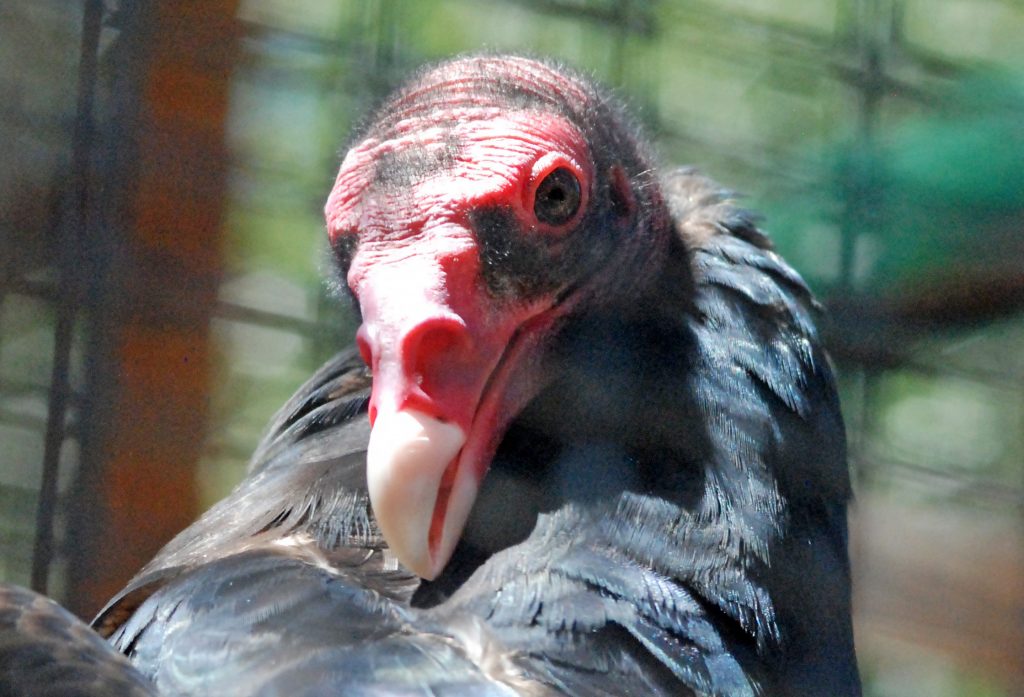
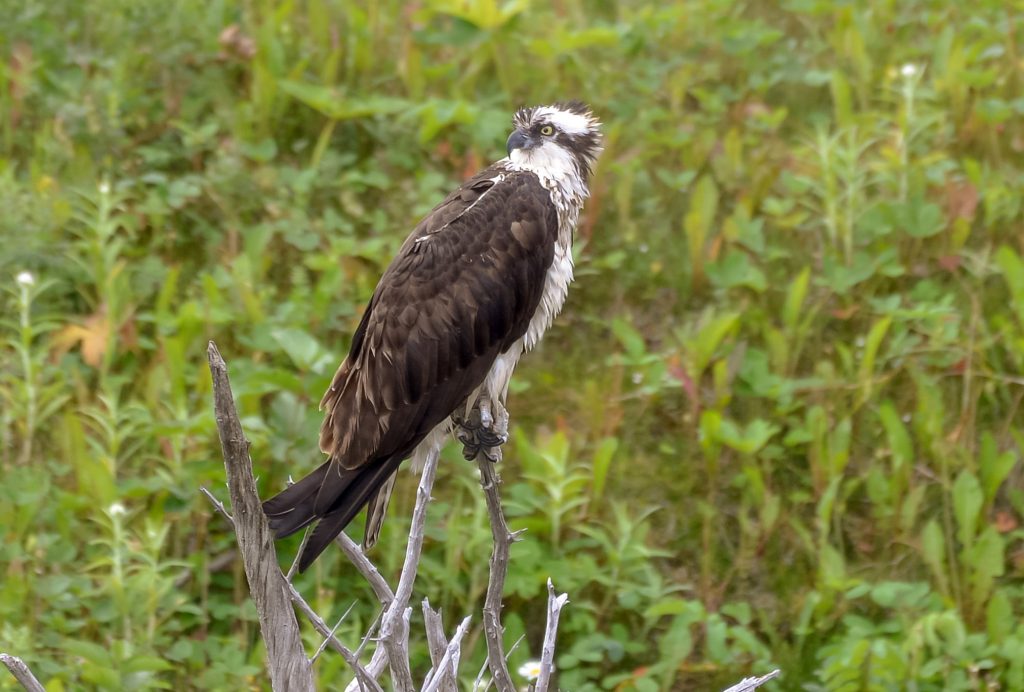
Osprey
Fish-eaters with a reversible toe that lets them grasp fish with two front toes and two back toes for a tighter grip.
Secretarybirds
Very large African terrestrial birds of prey with eagle-like bodies on top of crane-like legs. These are the only birds we did not see at the Cascades Raptor Center, as there are no species native to North America,
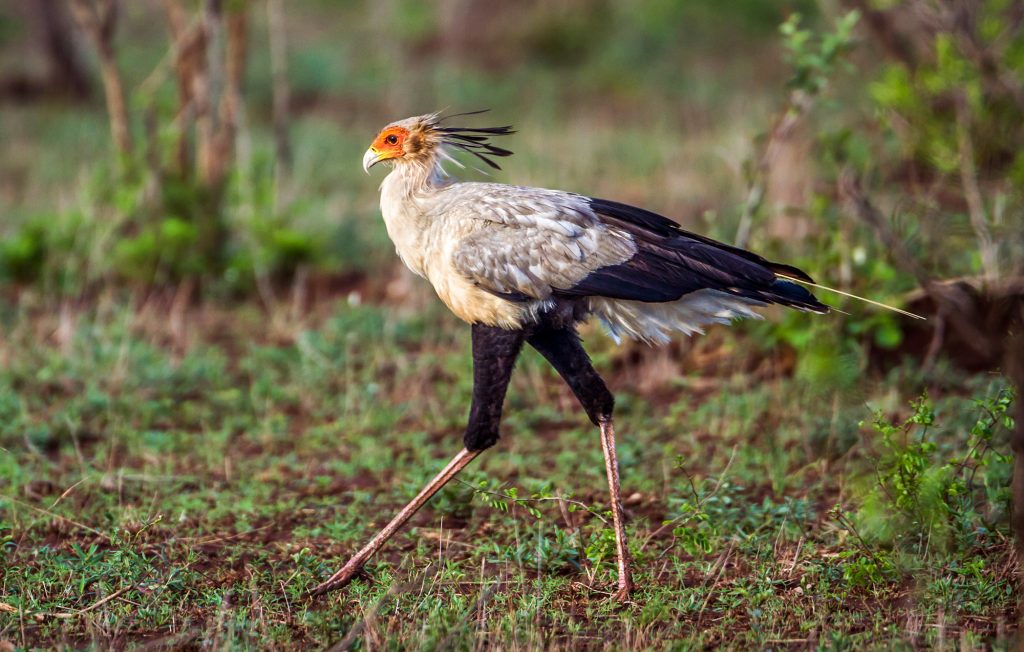
Falcons and kestrels
Have a tooth-like projection on their beak that allows them to kill prey with the beak instead of the talons like other raptors.
Owls
Large heads with front-facing eyes, and a proportionally small body and tail.
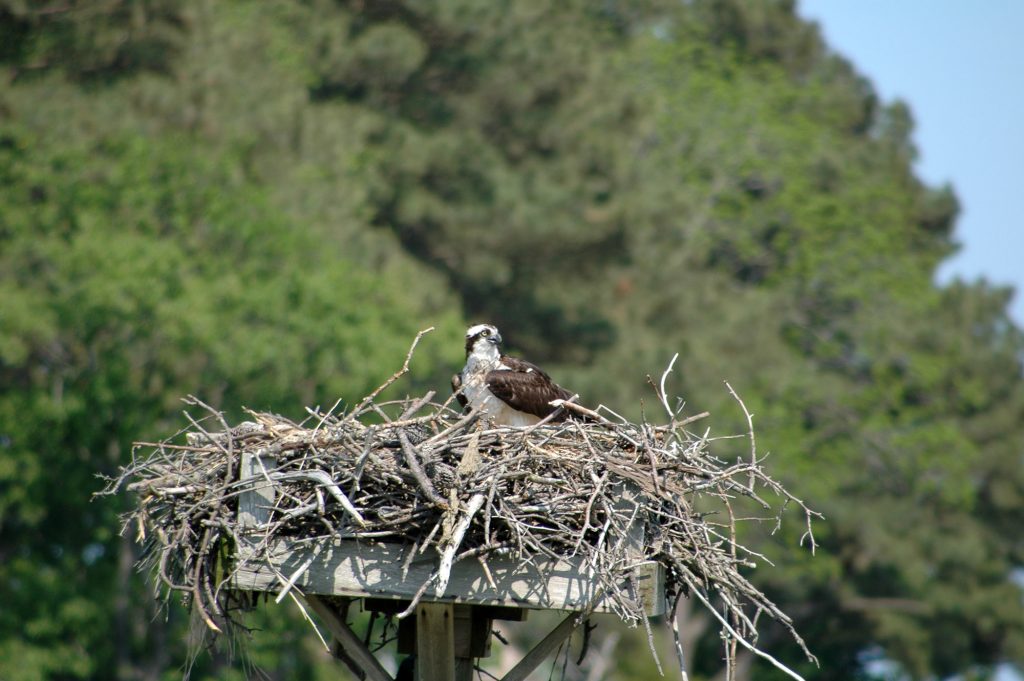
Birds of prey typically need large territories to acquire sufficient amounts of prey. As a result, habitat loss is a significant threat. The osprey in this photo may be able to nest on a human structure, but it still need significant amounts of fish to survive. Additionally, environmental pollutants like DDT and lead have impacted specific raptor species.
The next section features marine mammals as well as the staggering possibilities of resurrecting extinct species.

Check your knowledge. Can you:
-
share multiple examples of endangered species, including why the species face extinction and attempts being made to study and/or preserve the species?
-
provide characteristics of birds commonly called “raptors” and explain why these species are often at risk for extinction?



